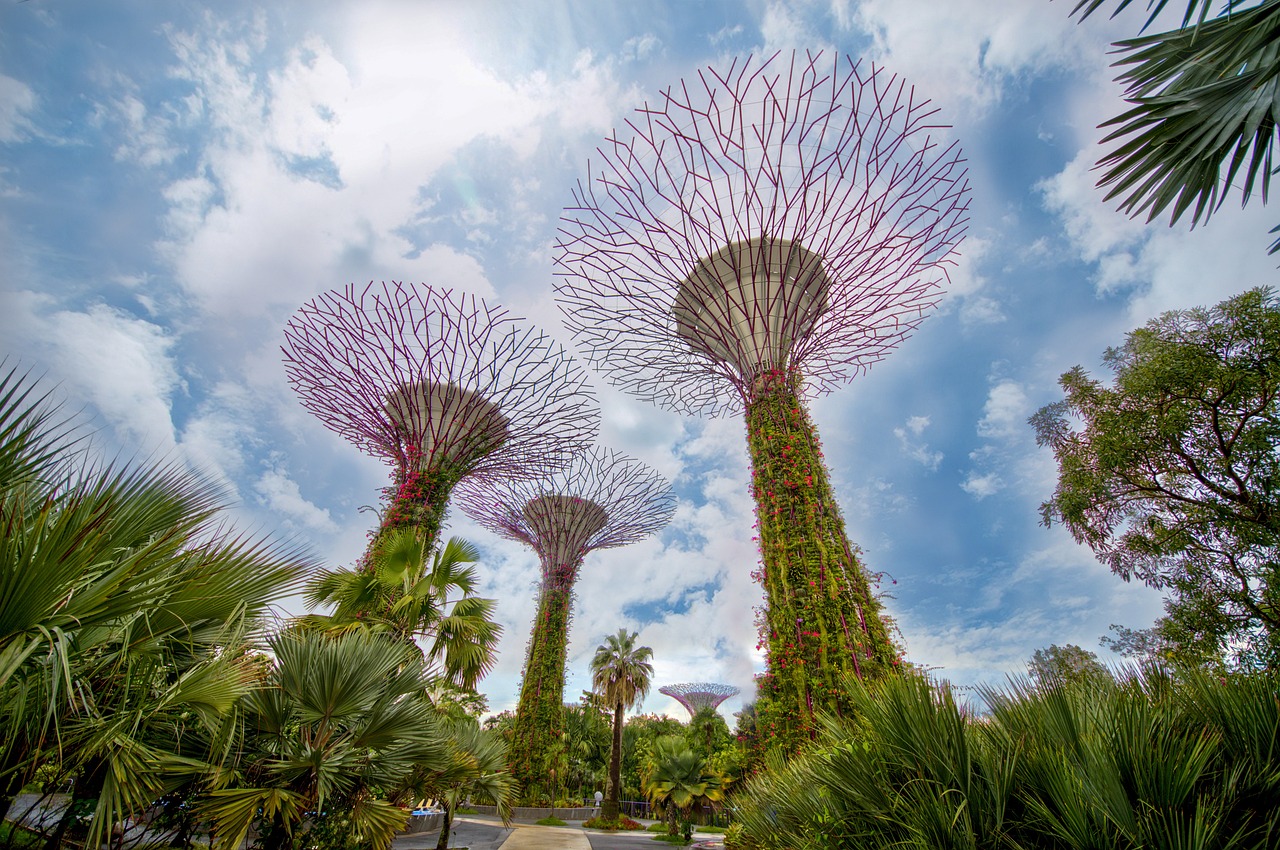- Why Scientists Track Atmospheric Carbon With Giant Towers - October 7, 2025
- The Link Between Melting Ice and Rising Sea Levels Explained - October 6, 2025
- How Ocean Currents Help Regulate Global Climate - October 5, 2025
Engineering Marvel Disguised as Giant Trees
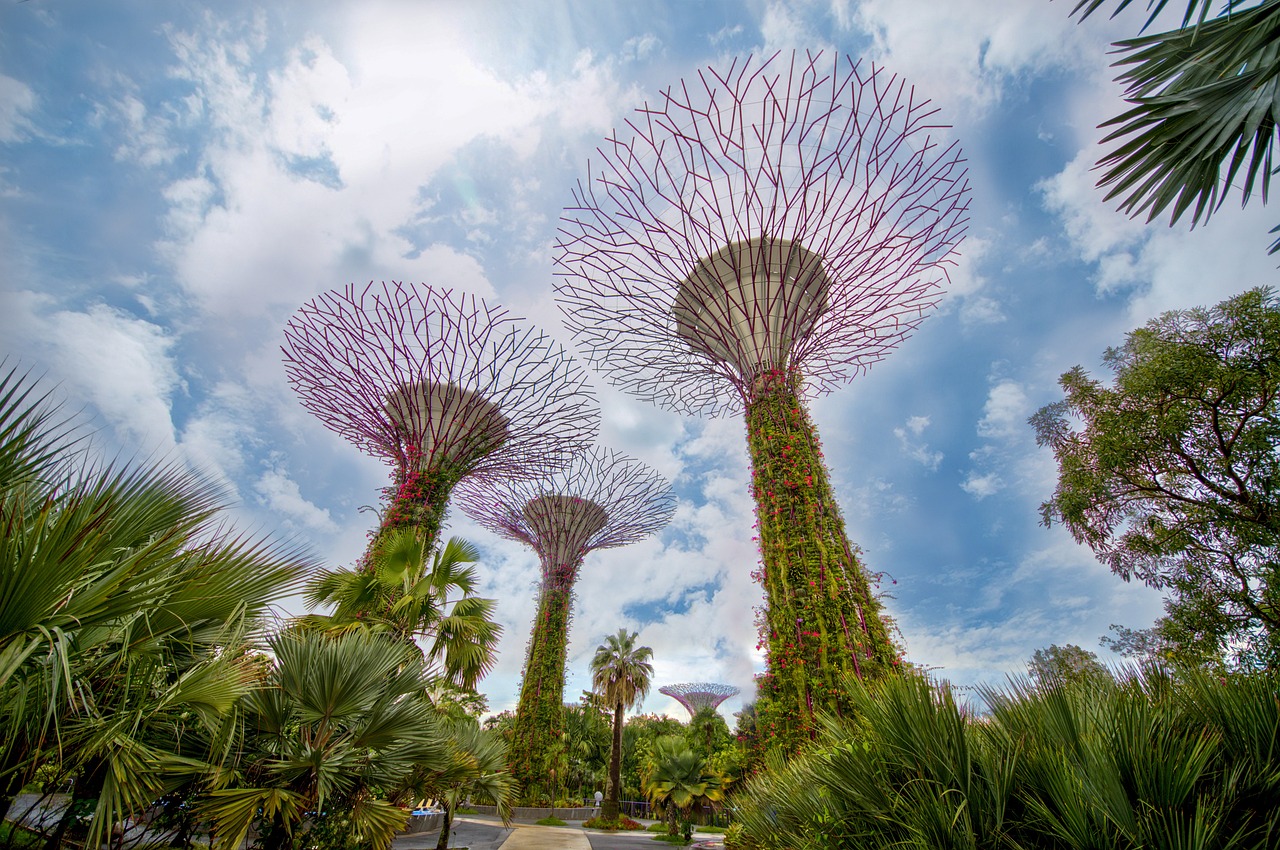
Deep in the heart of Singapore’s downtown Marina Bay area, something incredible grows toward the sky. At the heart of Gardens by the Bay are the 18 Supertrees with intelligent environmental infrastructure designed by Grant Associates. These towering metal giants aren’t just spectacular art pieces – they’re actually sophisticated environmental machines that have been quietly revolutionizing urban water management since 2012.
The Supertrees stand between 25 and 50 meters tall, making them as imposing as 16-story buildings. The vertical structures provide a framework to sustain air plants, tropical flowering climbers, and ferns, provide water harvesting and spectacular light displays, and much more via intelligent environmental infrastructure. But what makes them truly remarkable isn’t their height – it’s what they do with every drop of rain that falls on Singapore.
Nature’s Own Collection System Gets High-Tech Upgrade
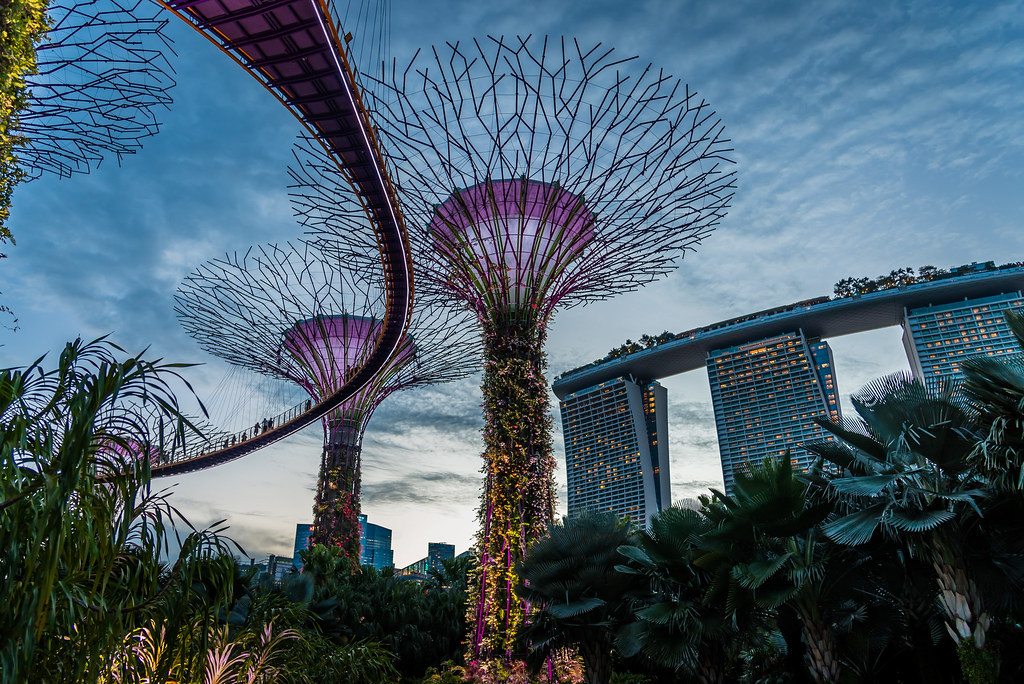
They are fitted with environmental technologies that mimic the ecological function of trees: photovoltaic cells that harness solar energy which can be used for some of the functions of the Supertrees (such as lighting), similar to how trees photosynthesize, and collection of rainwater for use in irrigation and fountain displays, similar to how trees absorb rainwater for growth. Think of it like nature’s own design, but supercharged with modern engineering.
When it rains at Gardens by the Bay, rainwater is collected directly by the Supertrees and stored in underground water storage tanks. Run-off water from the conservatories is also stored underground and used for watering the plants during dry spells. It’s essentially like having massive umbrellas that catch every raindrop and funnel it straight into storage – except these umbrellas are covered in living gardens.
Underground Water Storage Networks
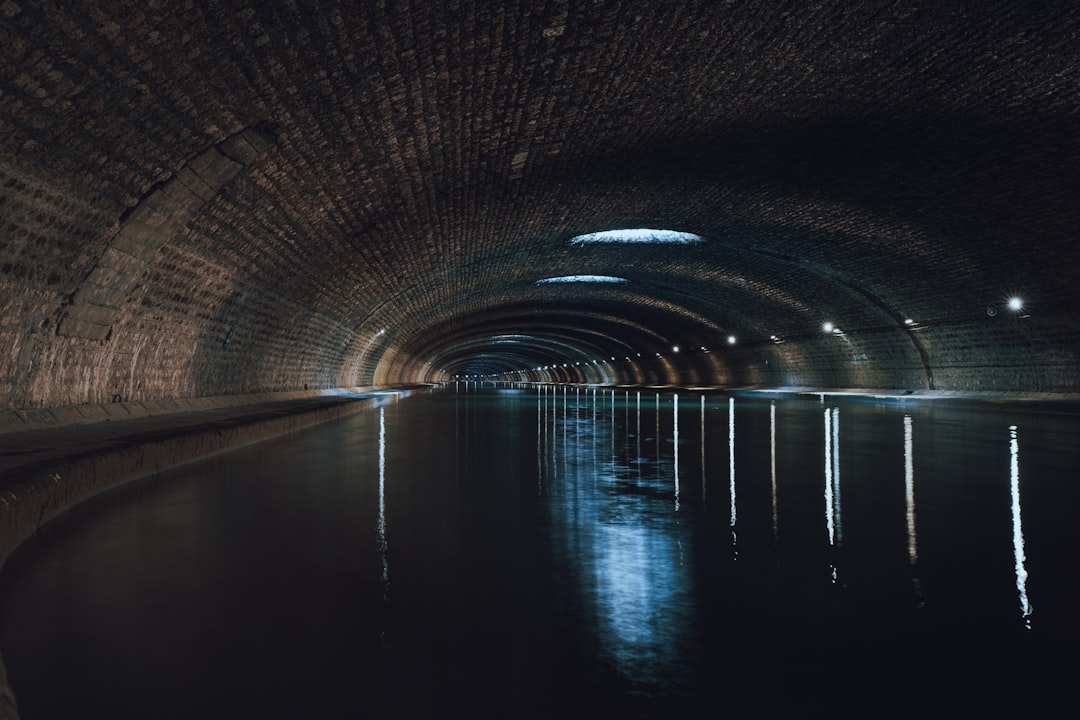
What visitors can’t see is perhaps the most impressive part of the entire system. Beneath the stunning displays and walkways lies an extensive network of underground storage tanks. The Supertree canopies efficiently collect and store rainwater, which is then repurposed for irrigation and fountains. This underground infrastructure works like a massive sponge, soaking up and storing Singapore’s abundant rainfall for later use.
The system doesn’t just collect water from the Supertrees themselves. Rainwater is collected from the surface and circulated in the cooling system connected to the Supertrees. This means that virtually every surface in the Gardens becomes part of one giant water collection network, maximizing every possible drop that falls from the sky.
Cooling System Integration Makes Everything Work
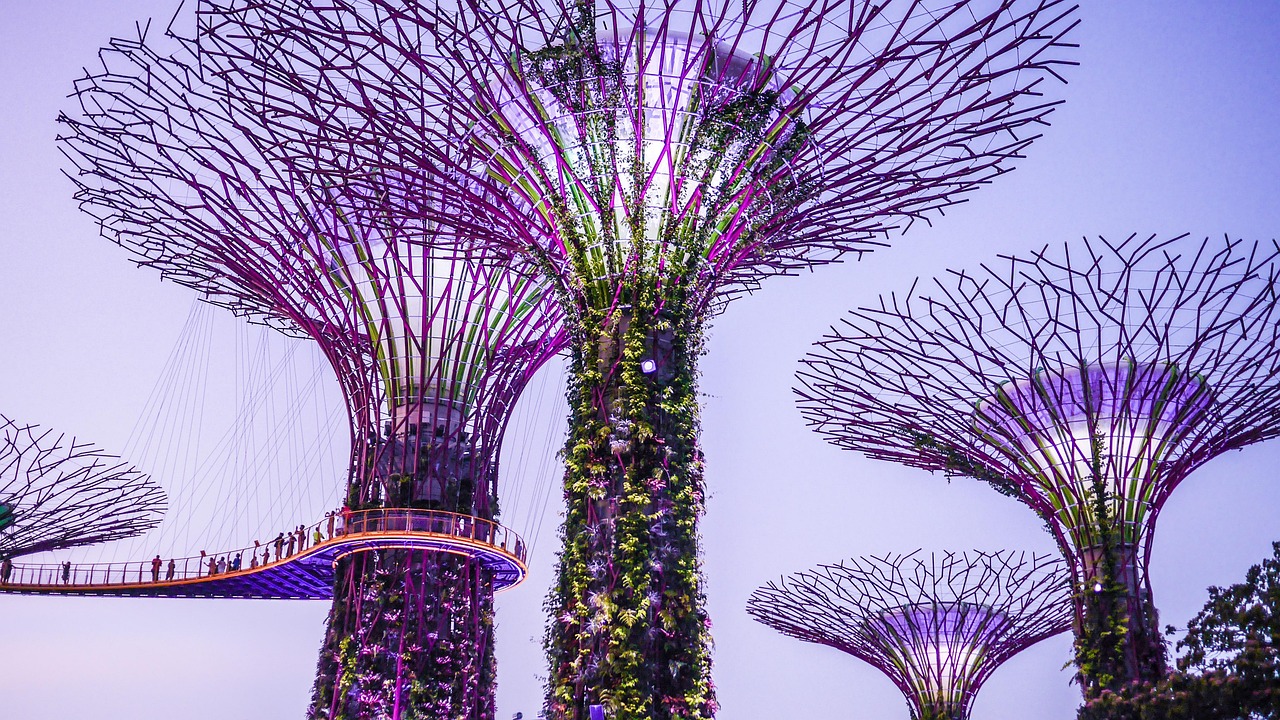
Here’s where things get really clever. The Supertrees are used to vent hot air and cool circulated water. The collected rainwater doesn’t just sit in storage tanks – it becomes an active part of the Gardens’ climate control system. The Supertrees also serve air intake and exhaust functions as part of the conservatories’ cooling systems. Imagine if your air conditioning system also helped water your garden at the same time.
This integration means that the same water that fell as rain yesterday might be cooling the massive conservatories today, then watering the plants tomorrow. To minimise the energy used to cool the two conservatories, massive heat exchangers and dehumidifiers run day and night to maintain conditions suitable for the planting. The excess heat produced by the conservatories is used and finally expelled via the Supertrees.
Singapore’s Water Crisis Drove Innovation
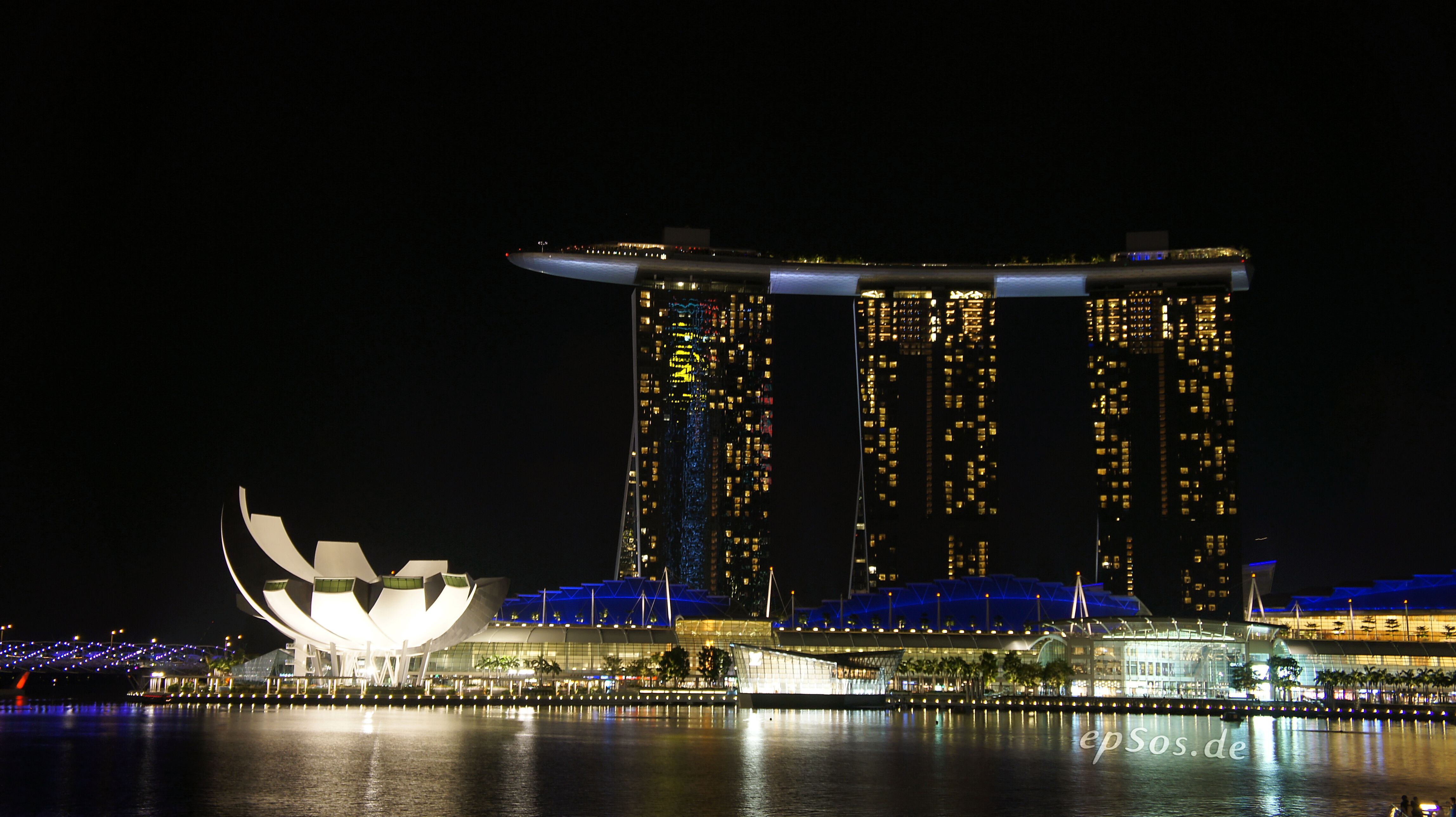
Singapore is amongst the most water-stressed countries in the world. This is due to the lack of natural water resources such as large rivers, natural springs or glaciers, as well as limited land to collect and store rainwater. When you’re surrounded by ocean but can’t drink a drop of it, creativity becomes survival.
The island receives abundant rainfall throughout the year, with an average annual rainfall of about 2,400 millimeters. However, due to its small size and high population density, Singapore faces challenges in securing a sustainable water supply. That’s actually more rain than London gets, but with nearly six million people squeezed into an area smaller than New York City, every drop counts.
Four National Taps Strategy
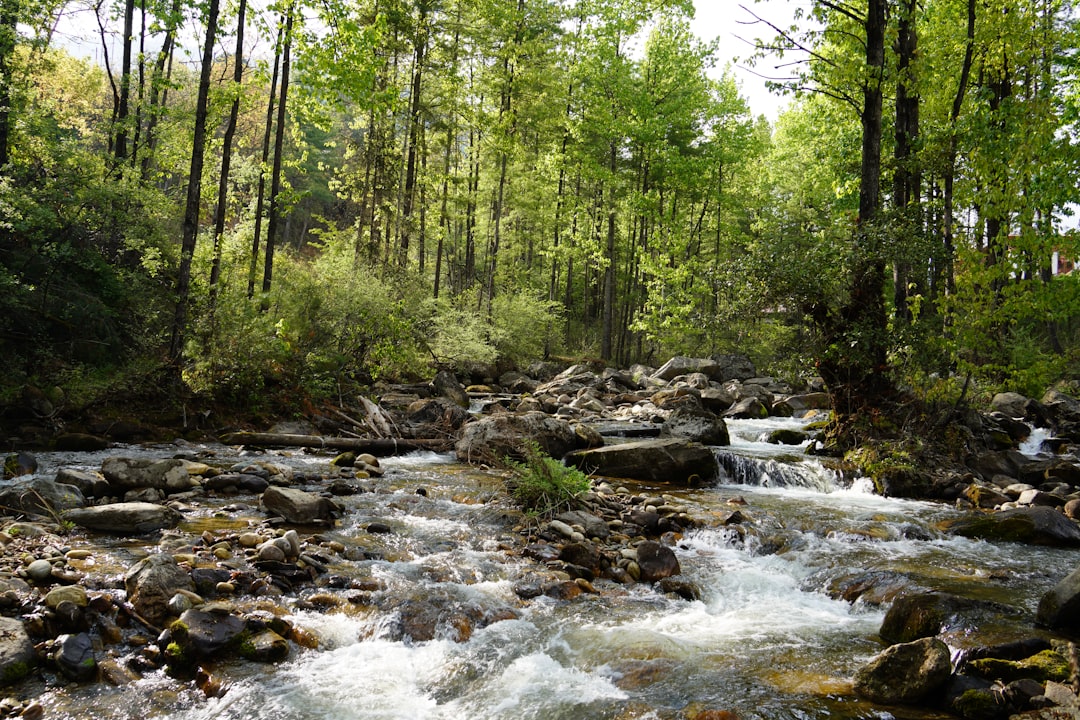
The country relies on a diversified water supply strategy known as the Four National Taps: local catchment water, imported water, NEWater, and desalinated water. Gardens by the Bay fits perfectly into this strategy as part of the local catchment system, demonstrating how urban spaces can contribute to national water security.
Two-thirds of Singapore’s land surface serves as water catchment area. Rainwater that falls within the water catchment is collected and channelled via a network of more than 8,000 km of drains and canals, to 17 reservoirs for storage before it is treated for drinking. The Gardens represents one of the most innovative pieces of this massive collection network.
Reducing Pressure on Singapore’s Water Grid
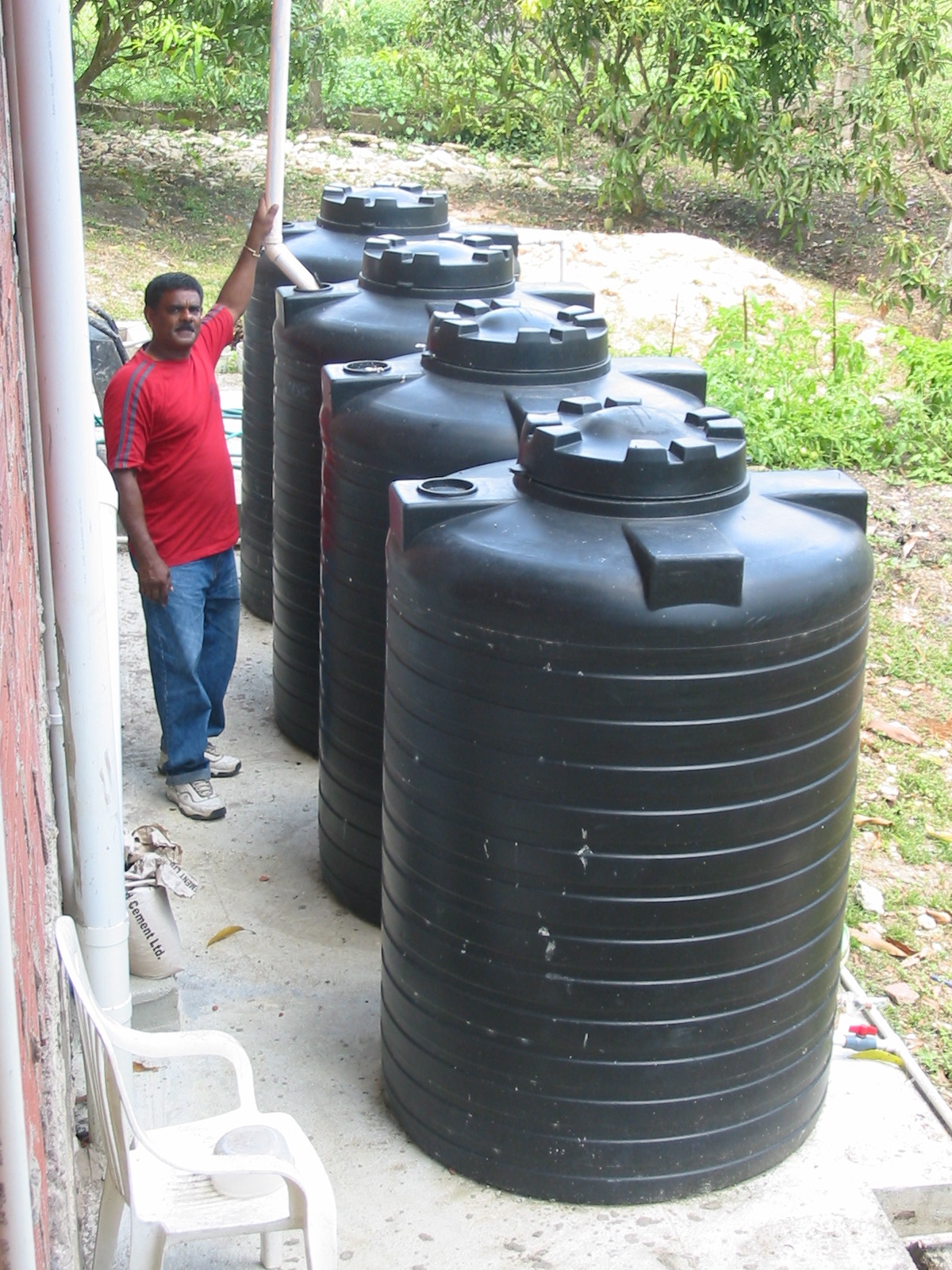
By utilizing rainwater collection systems, Gardens by the Bay reduces its dependence on Singapore’s water grid, thus alleviating some of the strain on the city’s water resources. This isn’t just about being environmentally friendly – it’s about reducing the load on a national infrastructure that’s already stretched thin.
Water demand in Singapore is currently about 430 million gallons a day (mgd), with homes consuming 45% and the non-domestic sector taking up the rest. By 2060, total water demand could almost double, with the non-domestic sector accounting for about 70%. Every gallon the Gardens produces and uses internally is one less gallon the national system needs to provide.
World-Class Tourist Attraction with Purpose
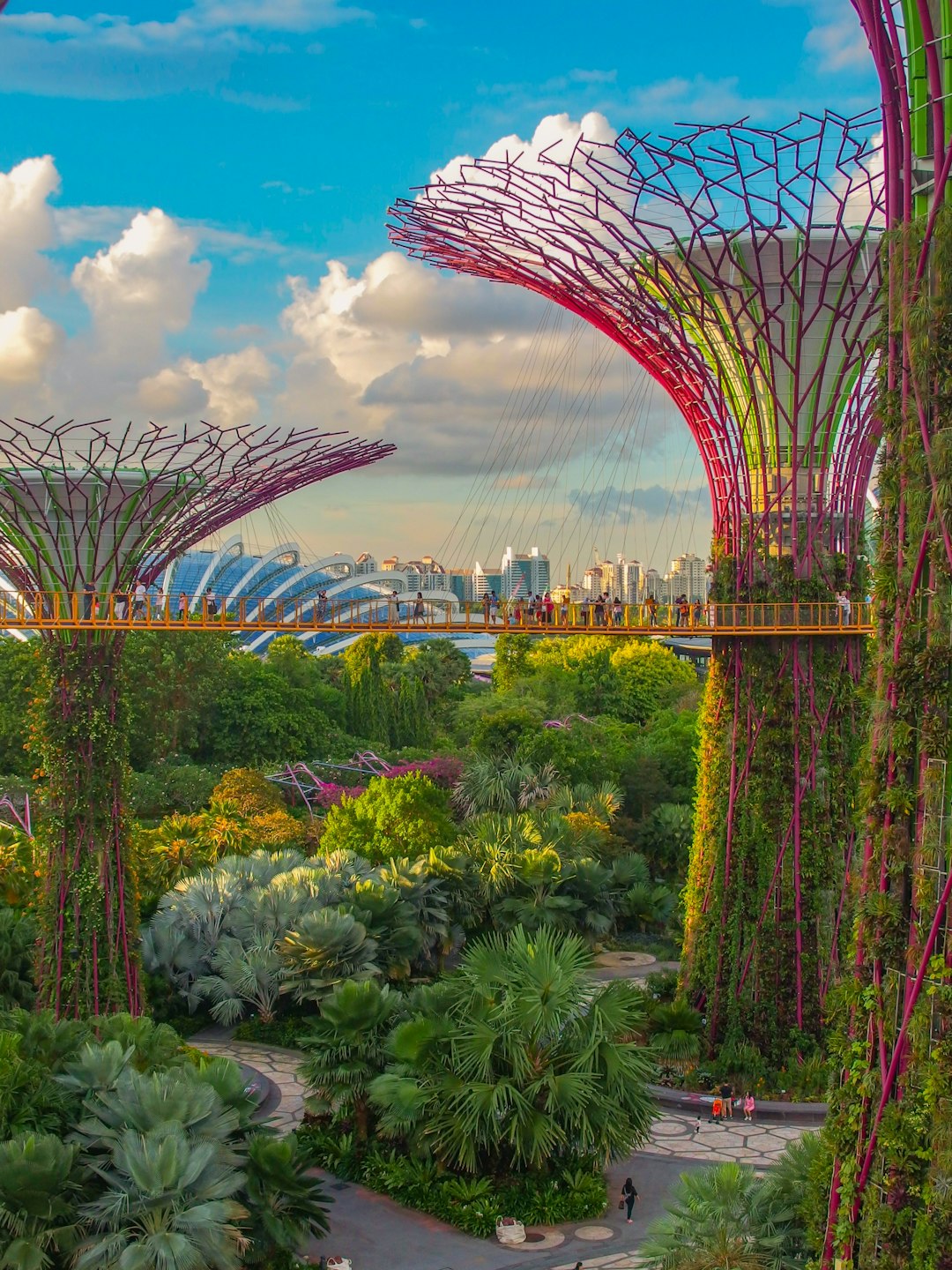
A popular tourist attraction in Singapore, the park had 6.4 million visitors in 2014, and had had 20 million by November 2015 and over 50 million by 2018. In 2024, TripAdvisor’s Traveler’s Choice Awards Best Of The Best ranked it the eighth-best attraction in the world and the best in Asia. But these millions of visitors are experiencing much more than beautiful gardens – they’re witnessing a working demonstration of sustainable urban design.
Set in the heart of Singapore’s downtown, Gardens by the Bay is home to a diverse collection of over 1.5 million plants that hail from every continent except Antarctica. Every single one of these plants benefits from the rainwater collection system, creating a living laboratory where sustainability meets spectacular beauty.
Energy Efficiency Beyond Just Water
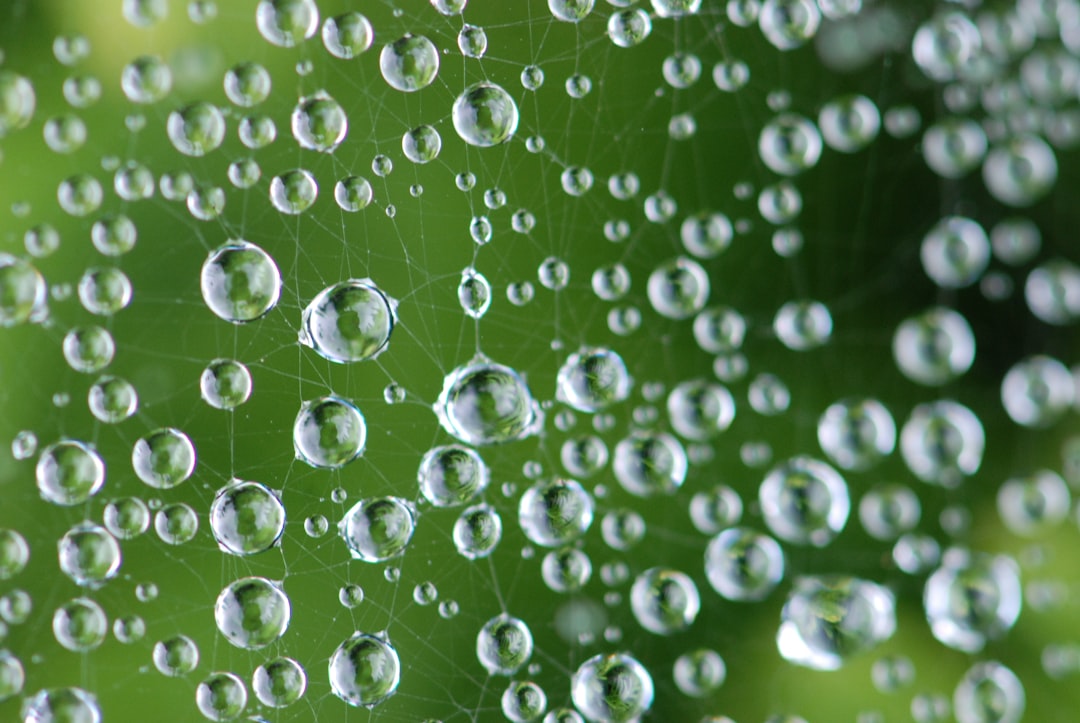
The rainwater system connects to energy efficiency in surprising ways. This suite of technologies allows GB to reduce our energy consumption by approximately 30%, compared to buildings using conventional cooling technologies. When your cooling system runs on collected rainwater instead of treated municipal water, you’re saving energy at multiple levels.
In addition to the creation of habitat and shaded spaces through the use of vertical planting, 11 have photovoltaic cells to harvest solar energy, others include rainwater harvesting and some are integrated with the Cooled Conservatories and energy centre to serve as air exhausts. It’s like having a building that generates its own power and collects its own water simultaneously.
Multiple Environmental Functions in One Structure
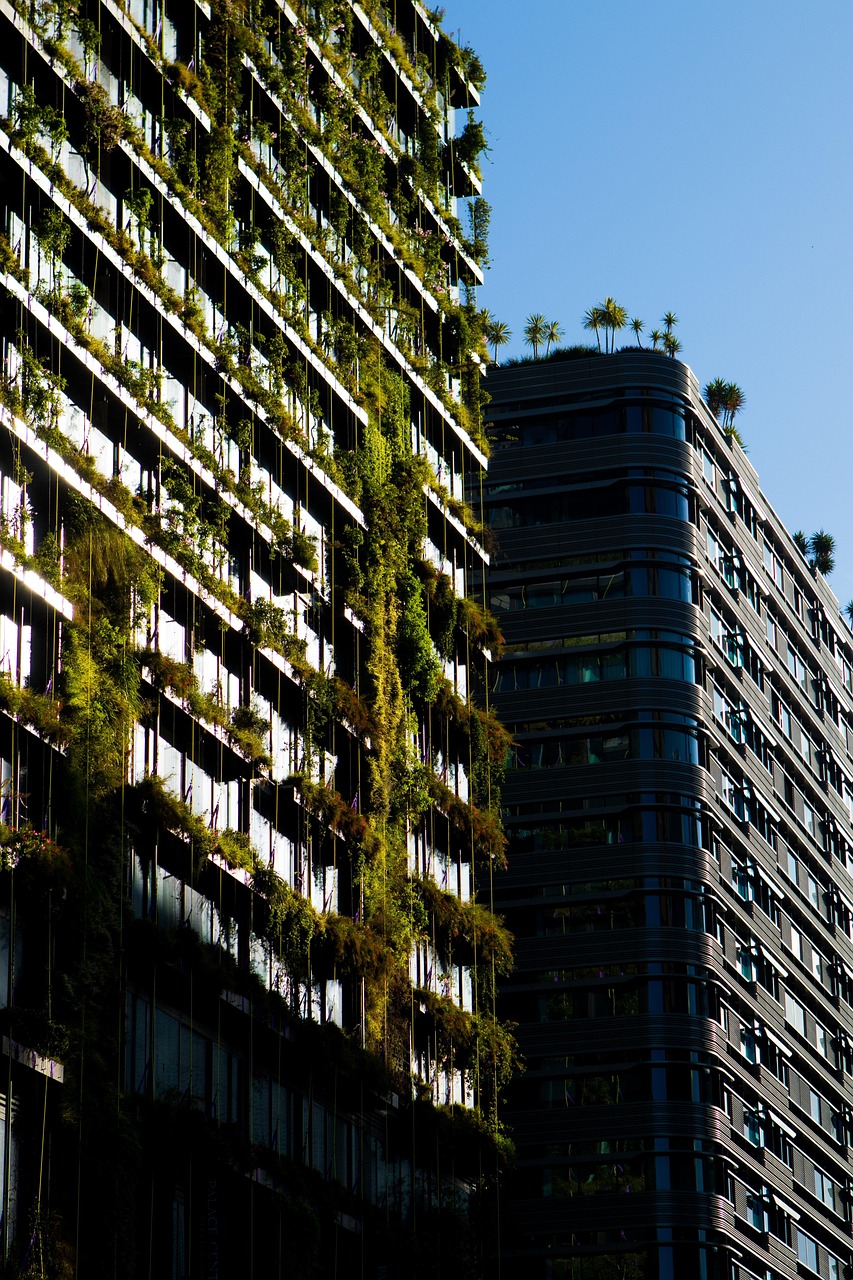
These vertical gardens act as air purifiers, solar energy collectors, and rainwater harvesters. The Supertrees don’t just do one thing well – they’re multifunctional environmental systems that maximize every square foot of space in land-scarce Singapore.
Shade and Cooling: Just like natural trees, the Supertrees provide shade, reduce heat, and enhance air circulation throughout the area. So while they’re collecting rainwater, they’re also creating more comfortable microclimates that reduce the need for air conditioning in surrounding areas.
Inspiration from Australian Forests
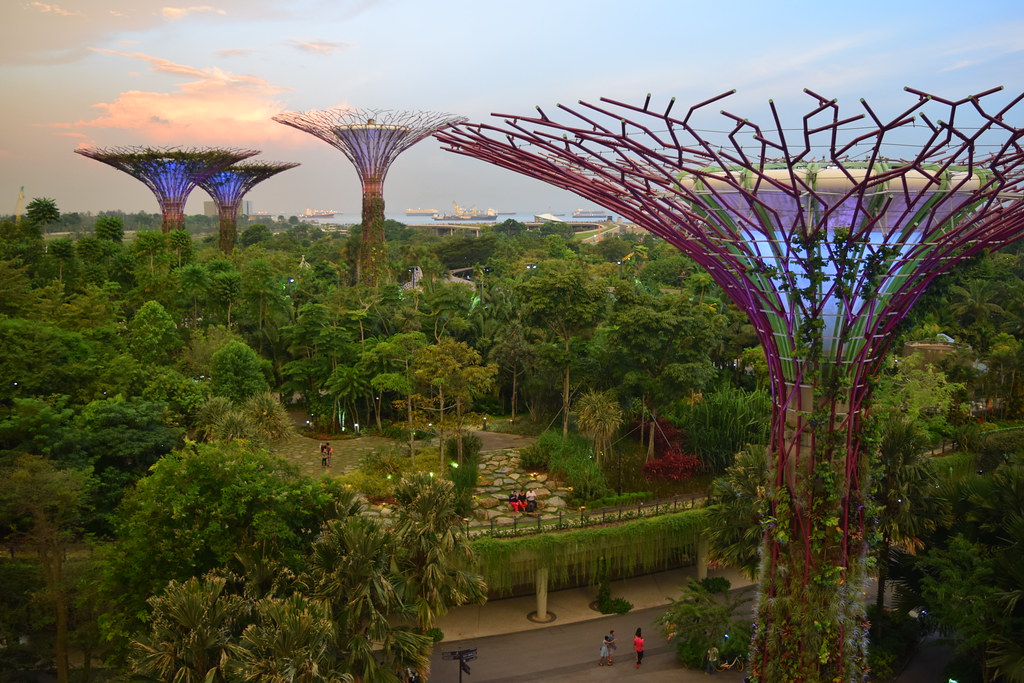
The trees designed to harness solar energy and collect rainwater, blending nature with cutting-edge technology; Grant Associates designed the Supertrees, drawing inspiration from the towering Karri trees of southwestern Australia and the enchanting fantasy elements reminiscent of magical worlds in films like “Princess Mononoke.” Sometimes the best engineering solutions come from copying what nature already does perfectly.
Underlying the concept of Gardens by the Bay are the principles of environmental sustainability. Much effort was made to plan and design for sustainable cycles in energy and water throughout Bay South Garden. Every design decision was made with closing resource loops in mind, creating systems that feed back into themselves.
Future Model for Urban Water Management
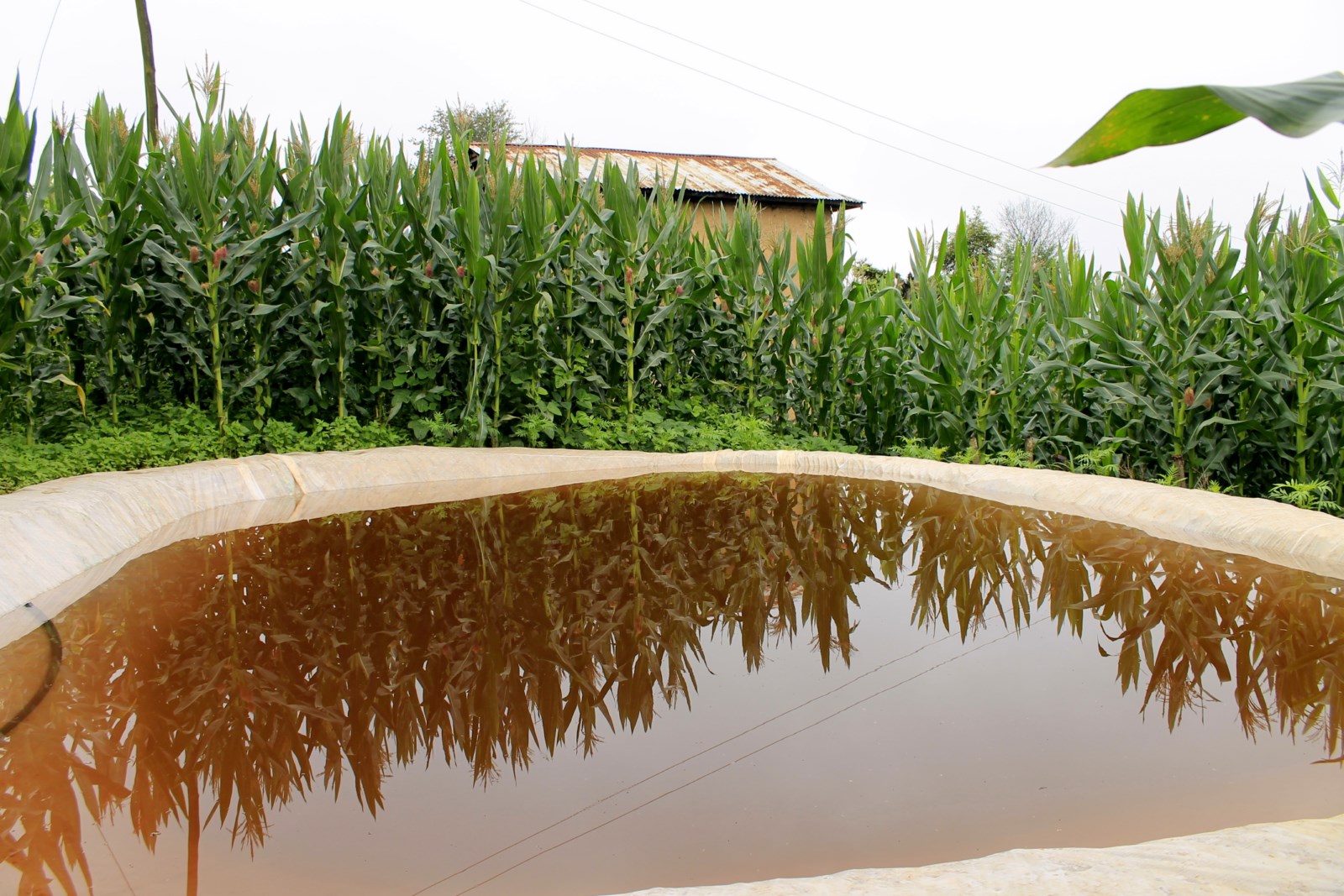
Singapore’s Gardens by the Bay is not only a world-class tourist destination but also a key component of the city-state’s sustainable water management system. As cities around the world face increasing water stress and climate challenges, the Gardens provides a blueprint for how urban attractions can serve multiple functions.
By utilizing rainwater collection systems, Gardens by the Bay reduces its dependence on Singapore’s water grid, thus alleviating some of the strain on the city’s water resources. In a world where water security is becoming increasingly critical, projects like this prove that beautiful public spaces and essential infrastructure don’t have to be separate things. Sometimes the most practical solutions can also be the most spectacular to experience.

